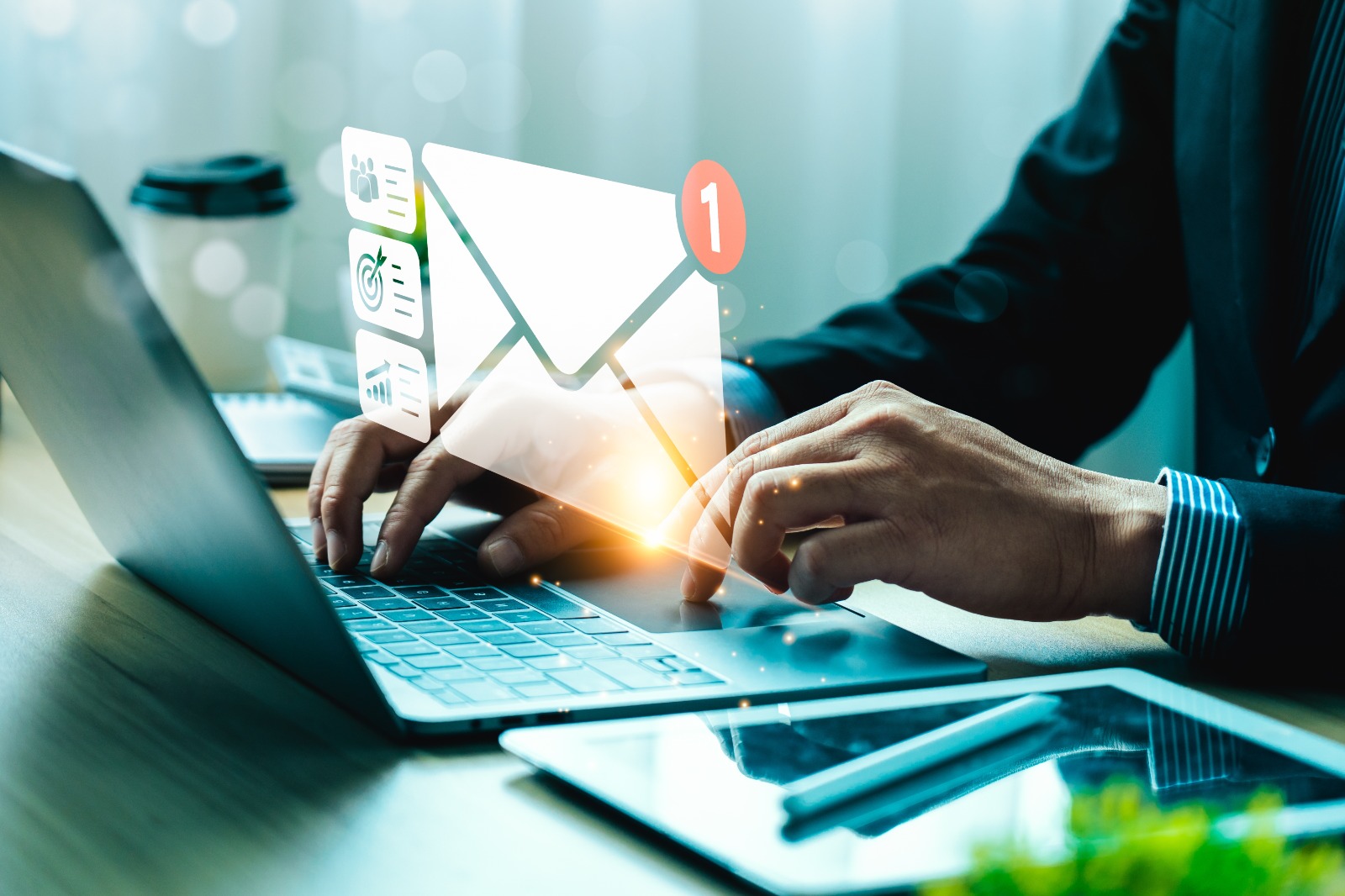In today’s highly competitive and digitalized world, email marketing remains one of the most reliable, customizable, and cost-effective ways for businesses to connect with their audiences, build lasting relationships, and drive measurable results.

abundance future.
Email marketing, when done thoughtfully, becomes an essential tool for engaging customers, generating sales, and building a lasting brand-customer relationship.
Email marketing is a digital marketing strategy that involves sending emails to a targeted audience to build relationships, engage customers, and drive business goals such as sales or brand awareness. It’s one of the most cost-effective forms of marketing, allowing brands to connect directly with customers in a personalized and measurable way. Here’s a closer look at its components and benefits:
Key Components of Email Marketing:
Subscriber List
A curated list of people who have opted in to receive emails from your brand. These subscribers are often potential or existing customers interested in your offerings.
Email Campaigns
Campaigns consist of one or a series of emails sent to a specific segment of your list with a common goal, like promoting a new product, offering a discount, or sharing valuable content.
Email Service Provider (ESP)
ESPs like Mailchimp, Omnisend, and HubSpot help businesses send bulk emails, track performance, and ensure deliverability. They also offer tools for automation and segmentation.
Segmentation and Personalization
Segmenting the email list by characteristics (like purchase history, engagement level, or demographics) allows marketers to tailor content to different audiences. Personalization goes further, using subscriber names or specific product interests to make messages relevant.
Automation
Automation allows businesses to send targeted emails based on subscriber actions or triggers, such as welcome emails, abandoned cart reminders, and birthday offers.
Analytics and Testing
Measuring metrics like open rates, click-through rates, and conversions helps to understand campaign effectiveness. A/B testing can also be used to optimize subject lines, send times, and content.
Types of Email Marketing
Components of Email marketing:
Subscriber List
Personalized Email
Email Campaigns

A Path to Financial Growth
Benefits of Email Marketing
Adopting a proactive and growth-oriented mindset that seeks new opportunities.
FAQs
Need Consultation? Let’s Talk.


